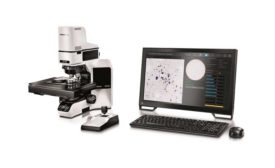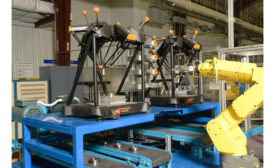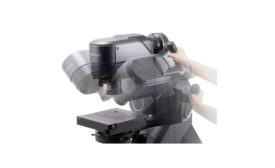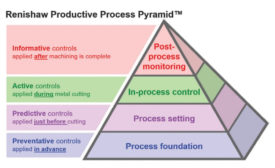Articles by Darryl Seland
Automobiles and Automation
From the wheel and horse to the push of a button.
January 15, 2020
Post-Process Monitoring, Part 2
Robotic automation and post-process monitoring
December 6, 2019
Manufacturers Show Their ‘Metal’ Using the Imaging Power of Digital Microscopes
Improving the quality of metal-based products.
December 6, 2019
Post-Process Monitoring
Its relationship to additive manufacturing, automation, and more.
November 25, 2019
Stay in the know with Quality’s comprehensive coverage of
the manufacturing and metrology industries.
eNewsletter | Website | eMagazine
JOIN TODAY!Copyright ©2025. All Rights Reserved BNP Media.
Design, CMS, Hosting & Web Development :: ePublishing






